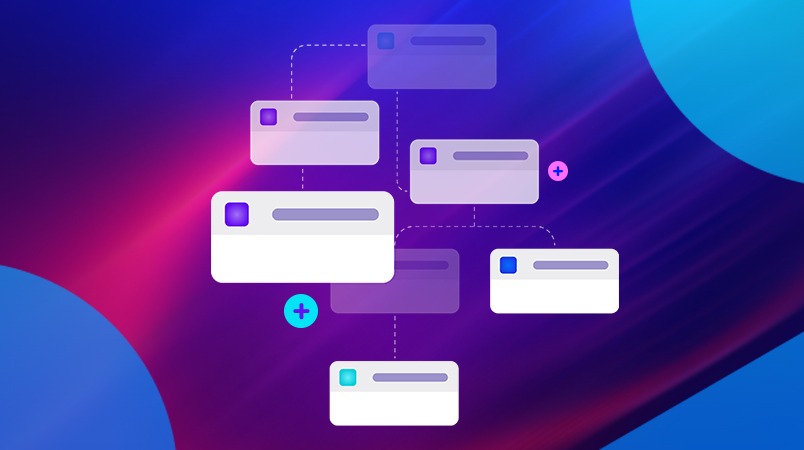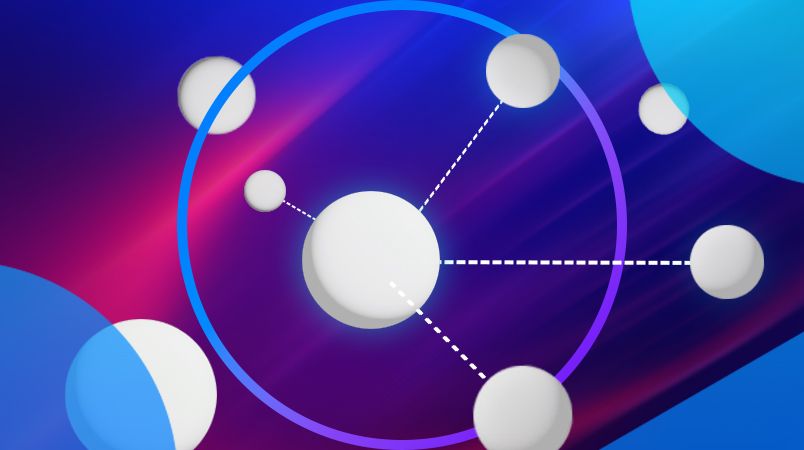The Challenges of Customer Communication
Many organizations notice that their current approach to customer communication is starting to strain. Chatbots may answer questions but often fail to solve real problems. The growing number of channels (from WhatsApp and social to voice) makes managing all flows increasingly complex and fragmented. Even simple customer requests still demand a lot of manual effort. This not only frustrates customers but also drives up costs and puts pressure on teams. At the same time, companies must decide on new technologies without knowing what will become the standard a few years from now.
A future-proof AI platform helps break through these challenges. It enables organizations to truly resolve customer questions, orchestrate processes across channels, and flexibly adapt to shifting expectations.
5 Essential Factors in Choosing an AI Platform
Selecting an AI platform is more than just a technical decision. It shapes how your organization prepares for the future of customer interaction and service. An Agentic AI platform takes it a step further: it allows organizations to deploy autonomous agents that increasingly take over processes.
To select a platform that adds value not just today but also tomorrow, there are a few essential factors to consider. Each factor comes with strategic questions to help sharpen what really matters in your situation.
1. Agility and Time-to-Market
One of the biggest challenges for companies is speed: how quickly can you implement a platform and how fast do you see results? In a market where customer expectations constantly shift, you don’t want to wait months before your AI assistants or voice agents go live.
The difference often lies in technical complexity: platforms that depend heavily on custom builds and consultants slow down rollout. An agile platform, on the other hand, works with standard integrations, ready-to-use templates, and natural language configurations. This empowers non-technical teams to build and adapt agents without being dependent on IT or external consultants.
Questions to ask:
How long does implementation usually take, from contract to go-live?
Are ready-to-use agent templates available?
How easy is it to adapt or add new use cases?
2. Integrations and Omnichannel Experience
An AI platform stands or falls with strong integrations. The biggest risk is a platform that doesn’t offer standard integrations with key communication channels or makes connections with existing systems complex and time-consuming. This leads to high costs, error-prone processes, and requires technical expertise that may not always be available.
A future-proof platform offers out-of-the-box integrations that are easy to set up without deep development skills. This avoids fragmentation and ensures data remains consistent across your systems. The result? One seamless customer journey instead of disconnected experiences.
Questions to ask:
Which standard integrations are available out of the box (CRM, WhatsApp, email, etc.)?
How much technical knowledge is required to add new channels?
How does the platform synchronize data across channels to ensure a consistent customer experience?
3. Ease of Use and Autonomy
Not every AI platform demands the same from your organization. Roughly three categories exist:
Technical platforms (like N8N): powerful, but require technical skills. Agents are built via drag-and-drop and manually integrated.
Template-driven platforms (like Lindy): ready-made agents that are easy to activate and lightly customize, but often limited in flexibility.
Domain-specific platforms (like Intercom and Zendesk): optimized for a specific domain like customer service, quick to deploy but less flexible beyond that.
HALO sits right in between. You can start with ready-made template agents but also build your own with ease. Instead of complex integrations, you simply communicate with HALO in natural language. This combines user-friendliness with the ability to scale and customize.
Questions to ask:
Does the platform require technical skills (e.g., drag-and-drop) or is it suited for non-technical users?
Does it offer both simple templates and the option to build custom agents?
Can marketing or service teams make adjustments independently, or is IT always required?
4. Scalability and Cost Model
The cost model of an AI platform is just as critical as the technology itself. Different models come with different pros and cons:
Per resolved request: predictable at low volumes, but expensive at scale.
Per automation/workflow: attractive for developer-heavy teams, but tough to scale without budget pressure.
Per user/seat: simple to understand, but inefficient if staff numbers grow without workload increasing.
Per interaction/conversation: transparent and flexible, but requires accurate volume forecasting.
There’s no right or wrong, but the key is aligning the model with your growth strategy.
Questions to ask:
How predictable are costs as usage grows quickly?
Are volume discounts available or does cost rise linearly with usage?
How easy is it to scale up or down without cost or performance bottlenecks?
5. Governance and Compliance
AI platforms handle customer data and sensitive information. Without proper governance and compliance, risks are high: data leaks, reputational damage, or legal sanctions under regulations like GDPR.
A future-proof platform keeps data safe, automatically tracks who did what (audit trails), and makes agent decision-making transparent. This ensures AI is deployed safely and responsibly without holding back innovation.
Questions to ask:
Does the platform support our compliance standards (GDPR, ISO, SOC2)?
How transparent is the platform about data storage and processing?
Do we have control over which data is used for AI training?
Agentic AI with HALO
Most AI agent platforms are standalone solutions where you can only build agents. HALO offers that flexibility too but sets itself apart by being fully integrated into CM.com’s Engagement Platform. That means direct collaboration with Service Cloud, CDP, and other modules where you can deploy agents immediately. At the same time, HALO stays open: if you want to connect with external systems, you can. HALO combines the freedom of a standalone AI platform with the advantages of a fully integrated solution.
The Key to a Future-Proof AI Platform
Choosing an AI platform isn’t just about features or an impressive demo. It’s about how the platform enables your organization to innovate faster, meet customer expectations more effectively, and grow safely at scale. By asking the right strategic questions for each of these factors, you’ll make a choice that works today, and remains relevant tomorrow.








